|
By Kourtney LaFavre Hello Again! I wanted to use this month's opportunity to share about social-emotional learning (SEL) and what to consider when writing/illustrating for children and young adults that supports development of social-emotional learning. SEL, according to the Committee for Children is “the process of developing the self-awareness, self-control, and interpersonal skills that are vital for school, work, and life success.” Social-emotional skills help all people successfully manage everyday life, make good decisions, and be good friends, family, and community members. It also helps to develop healthy identities, manage emotions, achieve goals, and develop empathy. SEL is important to thriving relationships, communities, and global success. So what does this have to do with children's literature? Literature is an opportunity for readers to experience and feel things through text and images. Stories allow us to explore human social and emotional life as we identify with characters’ desires, challenges, motives and feelings. As a mom and educator I have always turned to books to help my children, students, families, and myself whenever faced a struggle. Have a kid that's afraid of the dark or having trouble making friends? There's books for that! Is your family moving or struggling with the loss of a family member? There's books for that! Teens struggling to figure out where they fit in? There's books for that! I think you get my point. Writing and illustrating for children is an opportunity to reach readers and help them not only learn or connect with something new, but also help support their social-emotional development. Some things to consider when writing and/or illustrating to support SEL in children and young adults:
by Bryan Patrick Avery Once you’ve written and published a book, you will eventually be asked to present your writing in some way, shape, or form. This can be a fun way to connect with your readers, interact with teachers and librarians, and network with other authors. It can also be terrifying. #1 –Introducing Yourself Depending on where you’re presenting, you might be introduced by your host at the start of your presentation. Whether someone introduces your or not, be prepared to start your talk with a brief introduction of your own. This simple introduction should include the following items:
For example, my introduction for an event honoring the Tuskegee Airmen might go something like this: “Hello, my name is Bryan Patrick Avery. I write picture books, chapter books, and middle grade novels. Some of my books include, OFF BASE, EARL LEARNS A LESSON, and the MR. GRIZLEY’S CLASS series. Today, I’m excited to talk to you about my picture book, THE FREEMAN FIELD PHOTOGRAPH.” #2 –Introducing Your Book Immediately after that, you can jump into talking about your book. You’ll want to start with these three things:
Here’s an example. “THE FREEMAN FIELD PHOTOGRAPH was illustrated by Jerome White. It is the story of young girl whose father, a Tuskegee Airman, is arrested during the 1945 Freeman Field Mutiny. I’m honored to be able to talk about this book on the day of dedication of the Tuskegee Airmen Memorial Dedication at Freeman Field.” #3 – Honoring Your Audience Lastly, remember to honor your audience. This can mean many things but, for starters, focus on these two:
This last point is critical. If you are doing a book launch event, make sure to show your gratitude to your audience for coming out to support you. If you’re presenting at a larger event with a theme or objective, make sure to tie your remarks back to that theme. One last word on presenting. One of the most important keys to a good presentation is your comfort. Your style is yours and yours alone. Don’t fall into the trap of trying to look or sound like someone else. If you love PowerPoint, use it. If you’d rather stand up with just your book in your hands do it. Ultimately, the best presentations are the ones that come from the heart. Well, that’s all for this month. Happy writing presenting and have a magical month.  Bryan Patrick Avery is an award-winning poet and author of more than a dozen books for children including the middle grade collective biography, BLACK MEN IN SCIENCE, illustrated by Nikita Leanne and THE FREEMAN FIELD PHOTOGRAPH, illustrated by Jerome White. Bryan is also the author of the middle-grade story, “The Magic Day Mystery”, which appears in SUPER PUZZLETASTIC MYSTERIES, the Jake Maddox JV Mysteries OFF BASE and SOCCER SUSPICIONS, the early chapter book series, MR. GRIZLEY’S CLASS, illustrated by Arief Putra, and the picture books EARL LEARNS A LESSON and MAX’S MAGIC CHANGE, both illustrated by Roman Diaz. He is the 2021 recipient of the SCBWI Work in Progress Award for his chapter book mystery THE ROBOT IN THE LIBRARY. Bryan serves on the Board of Directors of the Northern California Chapter of Mystery Writers of America and is an Amplify Black Stories Fellow, a joint program presented by the Brown Bookshelf and the Highlights Foundation. Bryan lives in Northern California with his family. By Melissa Stoller April is a wonderful month to put a spring into your step as you gather ideas like flowers for new manuscripts or existing stories. Here are some exercises to help you pick your brainstorming bouquet: 1) Visit a botanical garden or a neighborhood park. Notice flowers, trees, vegetable patches, and insects buzzing around. Can any of these details spring into your story? 2) Go birdwatching or watch some videos of birds and nature. Listen to the birdsongs. If you are using binoculars, notice objects in trees and all around. Perhaps some of the activity you zoom in on will help clarify a plot point or character development in a story. 3) This season is perfect for some spring cleaning. As you tidy up your space, take stock of the objects you own. What memories spring to mind as you sort? Perhaps you can catch an idea through this process. 4) With a purposeful skip and spring in your step, stroll through your neighborhood. Take a journal with you and jot down conversations you overhear, scenes that catch your eye, pets or other animals nearby, and details such as clothing, food, sights, and smells. Perhaps this experience will lead to a new plot idea. I hope these springtime prompts help you find and cultivate story sparks this month. Let me know in the comments! (Canva image)
MELISSA’S BIO: Melissa Stoller writes to bring connection, joy, and a bit of magic to her readers. She is the author of the chapter book series The Enchanted Snow Globe Collection - Return to Coney Island, and the picture books Scarlet’s Magic Paintbrush; Ready, Set, GOrilla!; Sadie’s Shabbat Stories; Planting Friendship: Peace, Salaam, Shalom; and Building Bridges: Peace, Salaam, Shalom (co-written with Callie Lovvorn and Shirin Rahman). Melissa is a Blogger and Course Assistant for the Children’s Book Academy, a Rate Your Story Judge, a volunteer with SCBWI/MetroNY, a Book Meshuggenahs member, a Westhampton Beach Performing Arts Center Advisory Council member, and a past school and synagogue Trustee. She also interviews authors and offers resources on her blog. In other chapters of her life, Melissa has worked as a lawyer, legal writing instructor, freelance writer/editor, and early childhood educator. She lives in New York City with her family, and enjoys theatre, museums, and Central Park walks. Melissa is represented by Jonathan Rosen at The Seymour Agency. 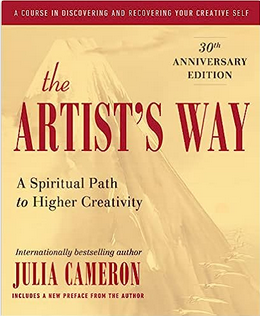 By Shirin Shamsi Writing is not meant to be easy. After all, it’s a lot like pouring one’s heart and soul onto paper. Sometimes life’s challenges get in the way of our writing. There are many times when my writing comes to a complete standstill. Though the dreaded ‘Writer’s Block’ is the nemesis of every writer, sometimes it’s not just that, it’s juggling the many other parts of life that can also get in the way of writing. So how does one find a way to navigate life’s vicissitudes and stay the course, keeping creativity alive? The answer is simple: Be gentle on yourself. That is so freeing. When I tell myself, “I didn’t write today.” Or that, “This week was a bad writing week.” The anxiety begins to build up slowly as the pressure increases, thus creating an insurmountable mountain of stress, which ends up making it more difficult to be creative. For me, there no doubt about it, my creativity evaporates under pressure. Relaxing and finding ways to replenish my soul, often feeds my creativity. Accepting my writing – or lack of it - as not being perfect, lessens the anxiety and pressure. Doing things often unrelated to writing, can bring me back to writing. For example, I recently watched a T.V. show based on a book series I read years ago. It brought back so many childhood memories for me. It reignited my creative memory and inspired a memoir-type project that really got my writing flowing. Find ways to replenish your soul, to reignite the creativity within: 1: Read or watch something you enjoyed as a child. 2: Write morning pages, that Julia Cameron suggests in her book, The Artists Way. 3: Learn something new or have always wanted to try your hand at. For example, if you’re not an artist, learn to draw – it’s what I am doing and I love it! Whenever I’m at a dead end in a manuscript, I begin sketching or coloring. It’s wonderful. 4: Take a walk, exercise, do yoga, meditate – any change of scene should boost your creativity. Happy Writing!
|
We are so excited to be mixing things up at CBA, beginning with some delicious additions to the Blogfish. Meet our awesome bloggers!!
Here's our lineup: 1st Mondays begin with former school psychologist Dr. Debra Collins who will be writing about Social emotional Learning in kidlit and behind the scenes as well as Jewish children's books. 2nd Mondays will feature super smart Melissa Stoller whose career is taking off with several new books. 3rd Mondays will feature our new blogger coming soon. 4th Mondays features new blogger, the fabulous Brentom Jackson, who has a beautiful approach to blogging. And 5th Mondays we'll be taking a break Archives
July 2024
|
|
Discover
|
About Us
|
Join Us
Join our Community and receive a fabulous free gift, KidLit tips, newsletters, scholarship info, contests, and more!
Join our KidLit Mentorship |
Social Media
Interact with our FaceBook Group or follow us on:
|
© 2010-2024 All content on this website is copyrighted. Sorry, all courses are non-refundable.


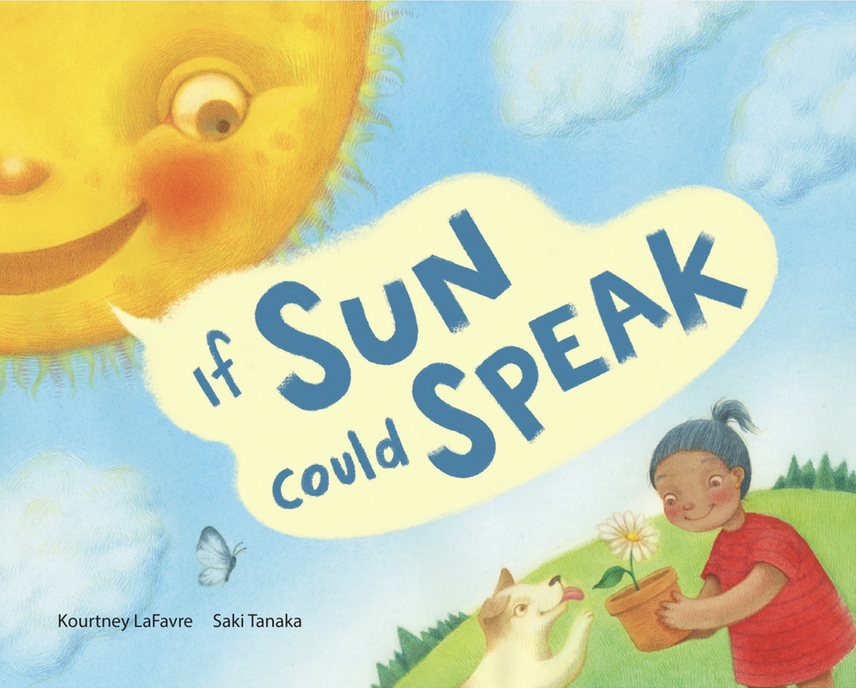

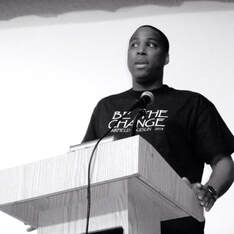

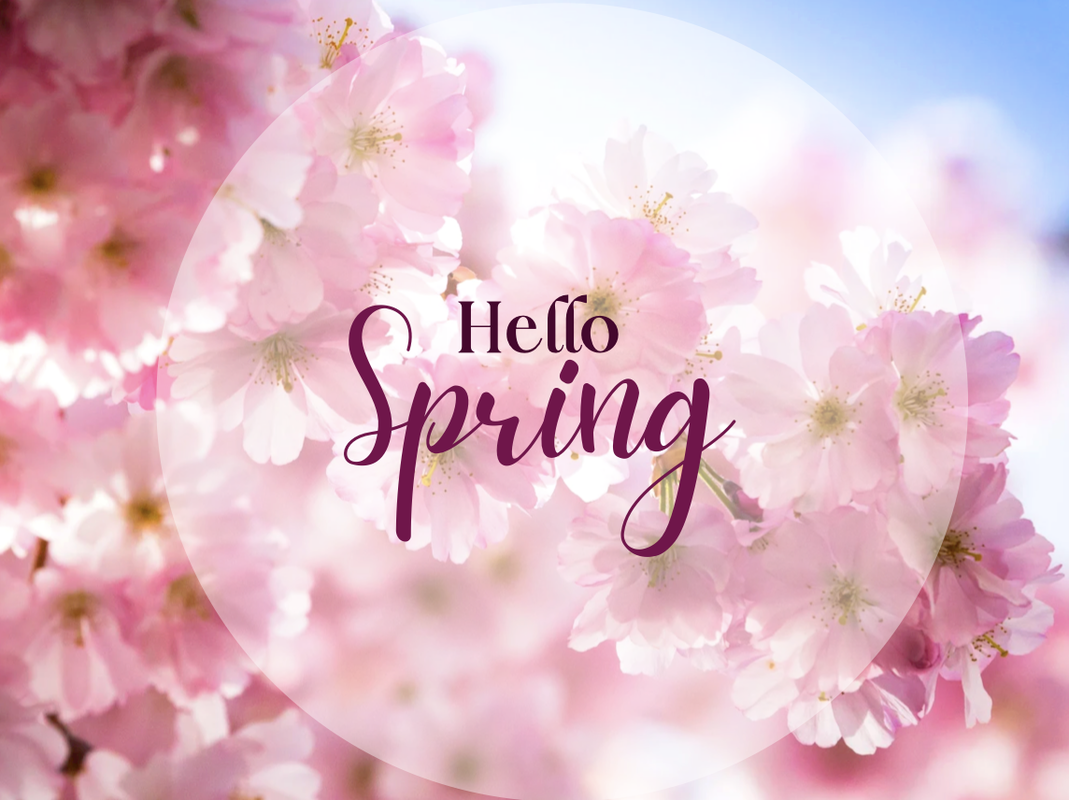

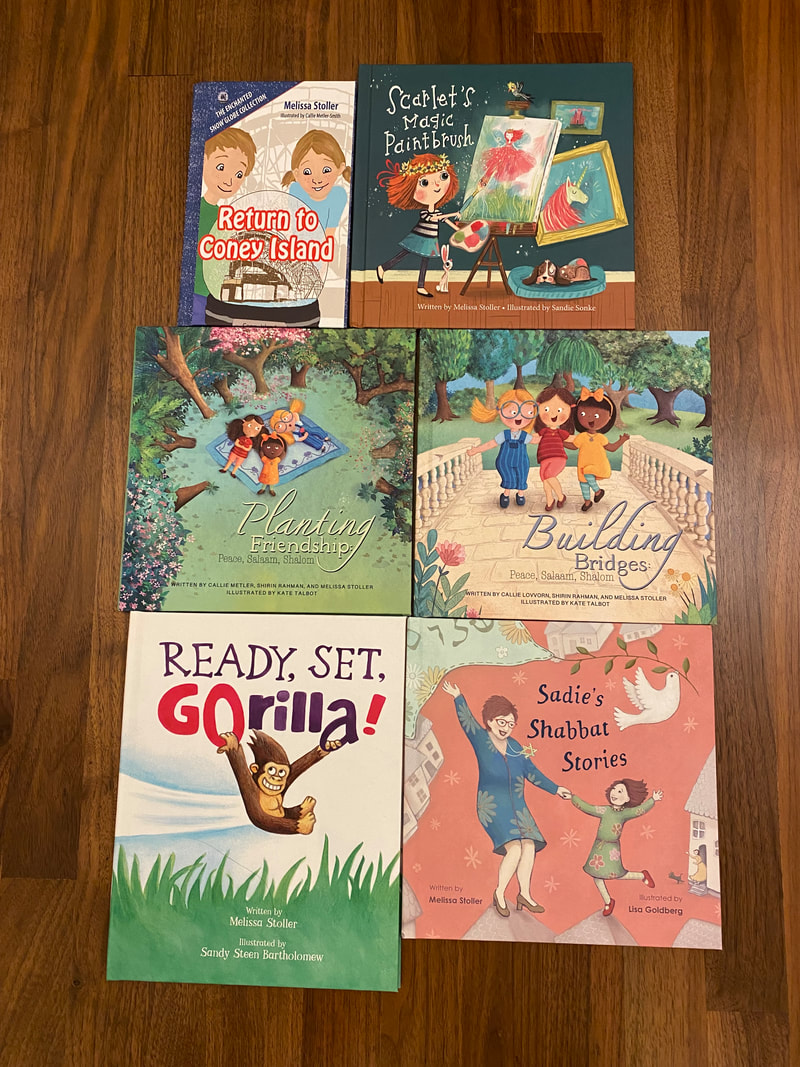


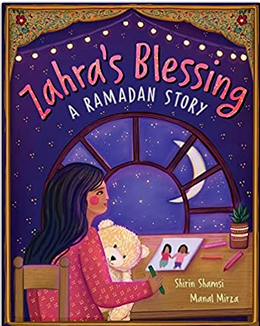
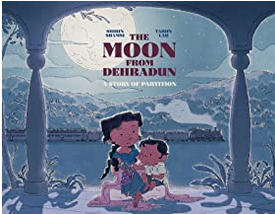
 RSS Feed
RSS Feed
